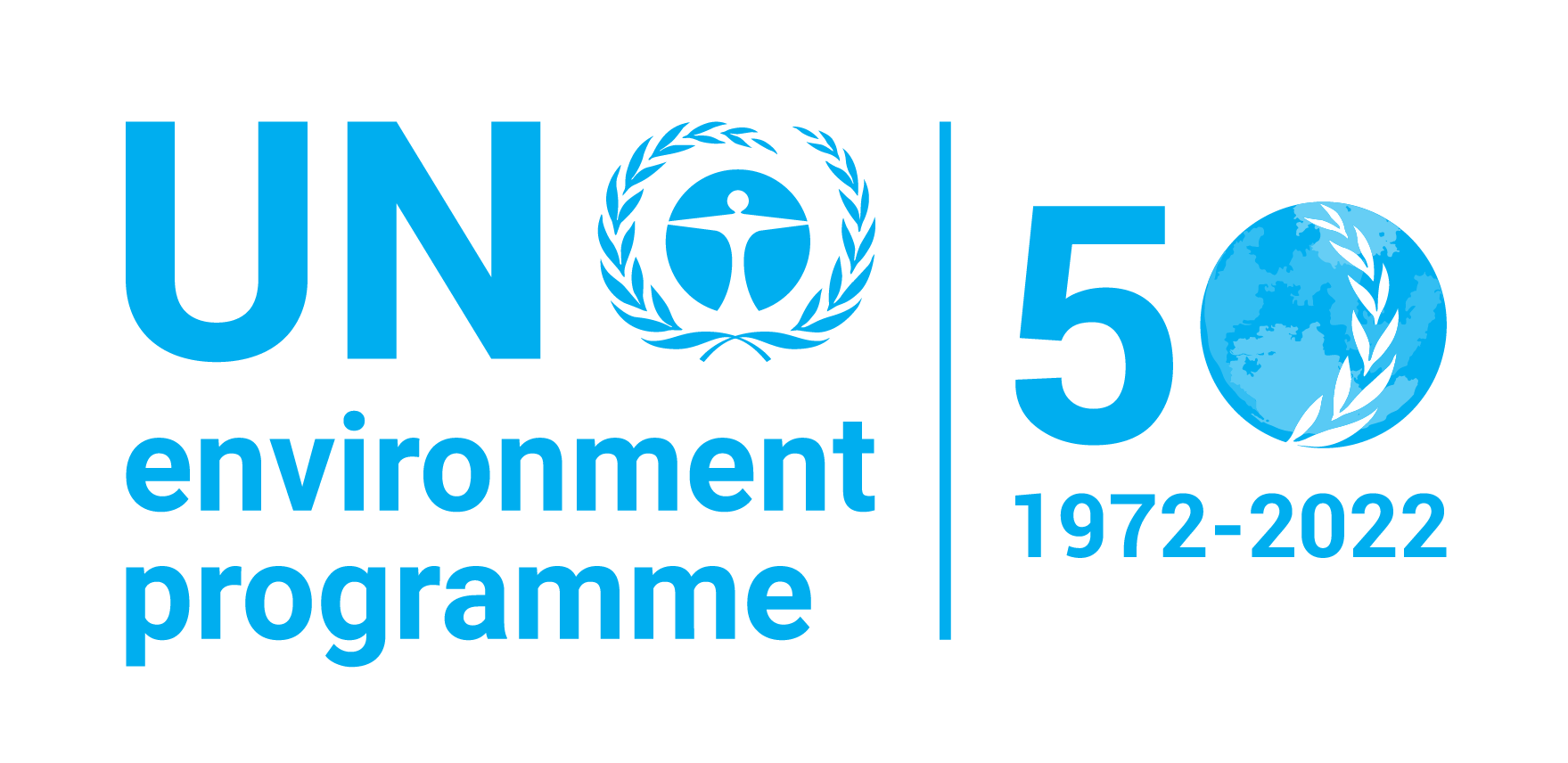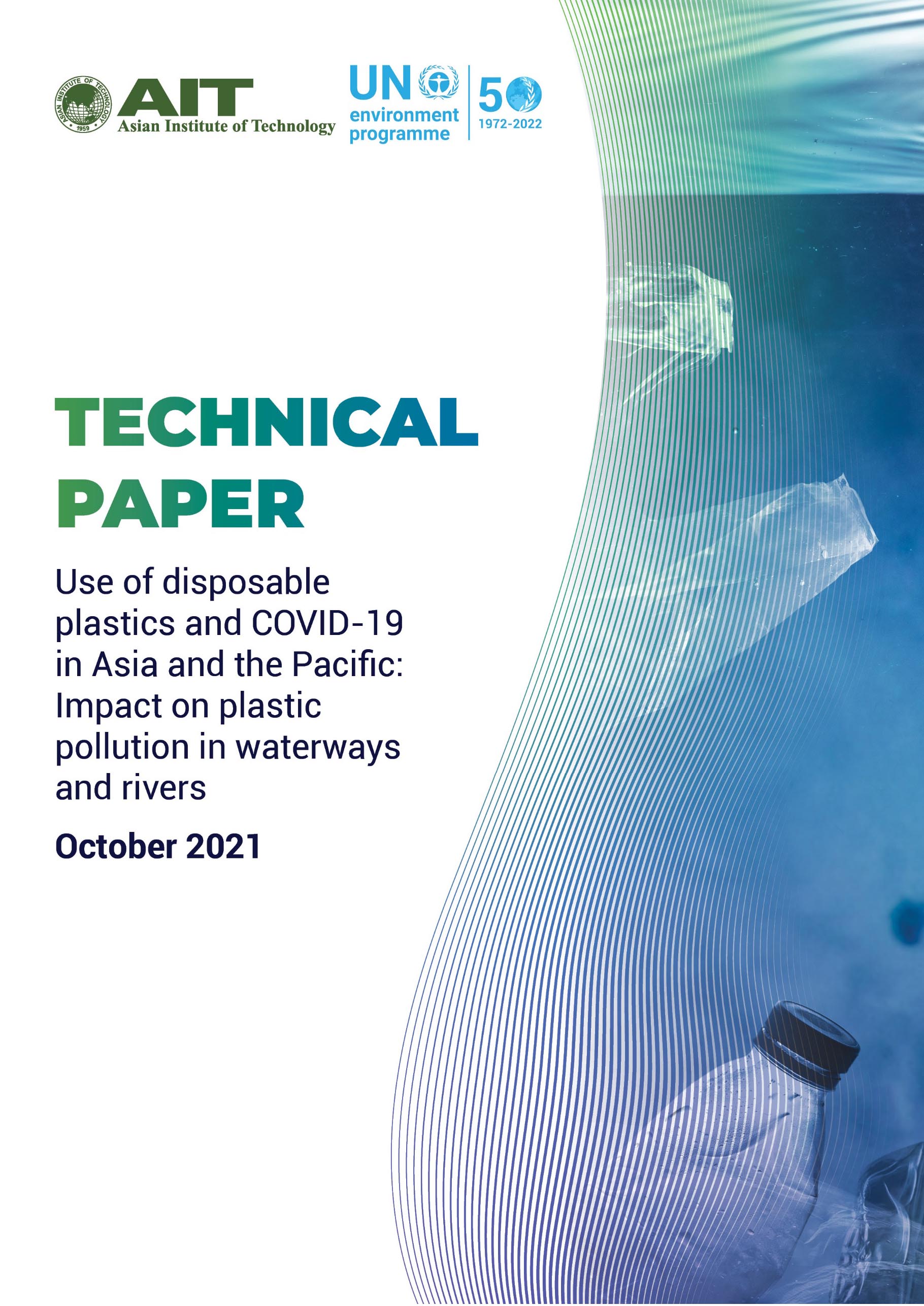Plastic Pollution
Circular Economy Model for Plastic Pollution Management
Medical and contaminated municipalities’ plastic waste management was inadequate and mismanaged. Large and sudden changes left workers
disrupted and many were unable to do their regular waste collection. The steps for treatment, recovery & recycling, safe disposal intensified the
plastic pollution load since municipal offices were not prepared. Environmental health, social wellbeing, and economic health were all affected by
the increase in plastic pollution. Challenges of proper waste management existed before COVID-19 and were exacerbated after COVID-19 times, this
project will focus on how the circular economy model can help and mitigate the plastic pollution problem.

Regional Webinar Series #1 South Asia
COVID-19 & Plastic Pollution | What did the region learn – A reflection from one year of pandemic
It is already been one year on with the onset of COVID-19 pandemic and the world is still under its grip. As much as COVID-19 is a global health catastrophy it equally is a threat to the environment. Upsurge in single-use plastic (SUP) consumption as personal protective equipment (PPE), mostly plastic-based face mask and gloves, and plastic packaging from online shopping of essential items like food and grocery, during the pandemic further aggravated both health care and municipal plastic pollution problem.
Both developed and developing countries felt the burden of managing dramamtic increase in COVID-19 related plastic waste. Developing countries which already were functioning poorly in terms of waste management, felt the heat even more. Indeqaute collection, treatment and recovery and recycling facilities led to littering, open dumping and burning, and leakage of these pandemic plastic waste into terestrial and marine ecosytems.
Regional Webinar Series #2 South-East Asia
COVID-19 & Plastic Pollution | What did the region learn – A reflection from one year of pandemic
COVID-19, a global pandemic of recent times badly impacted both human and environmental health. One of the visible impacts in the environment is the increased plastic pollution due to a dramatic surge in consumption of single-use plastic packaging such as disposable plastic food containers and cutlery, grocery bags from online grocery and food delivery, and plastic-based personal protective equipment (mask and gloves).
Even in pre-COVID times, China and five SEA countries (Indonesia, Malaysia, the Philippines, Thailand, Vietnam) were responsible for around 60% of marine plastic debris entering the ocean. COVID-19 further aggravated the situation as health care and municipal waste management facilities were overwhelmed with the volume of waste more than its existing capacity, and plastic recycling businesses badly impacted by COVID-19. Nonetheless, the region attempted some innovations to address the challenges of plastic pollution during the COVID-19 pandemic.
Technical Paper
Use of disposable plastics and COVID-19 in Asia and the Pacific: Impact on plastic pollution in waterways and rivers - October 2021
COVID-19 impacted global plastics production, consumption and raised concern over large scale plastic pollution. But the question is, how did a global health crisis have such an impact on a common consumable commodity like plastics? The answer to this lies in mobility restrictions, ban on social gathering and overall fear of catching the coronavirus that induced a change in lifestyles including that of our shopping behavior and personal hygiene practices. Dramatic increase in single-use plastics (SUP) packaging from the food sector such as plastics containers, cutlery, grocery bags, packaged and canned food products especially after the shopping channel shifted from in-shop purchases to takeaway/home delivery of grocery and food items is a display of the new relation between the pandemic and plastics. Increased use of SUP-based personal protection equipment (PPE), mainly masks, gloves for medical applications even in the non-clinical setting is another manifestation of the relationship between COVID-19 and plastics.


